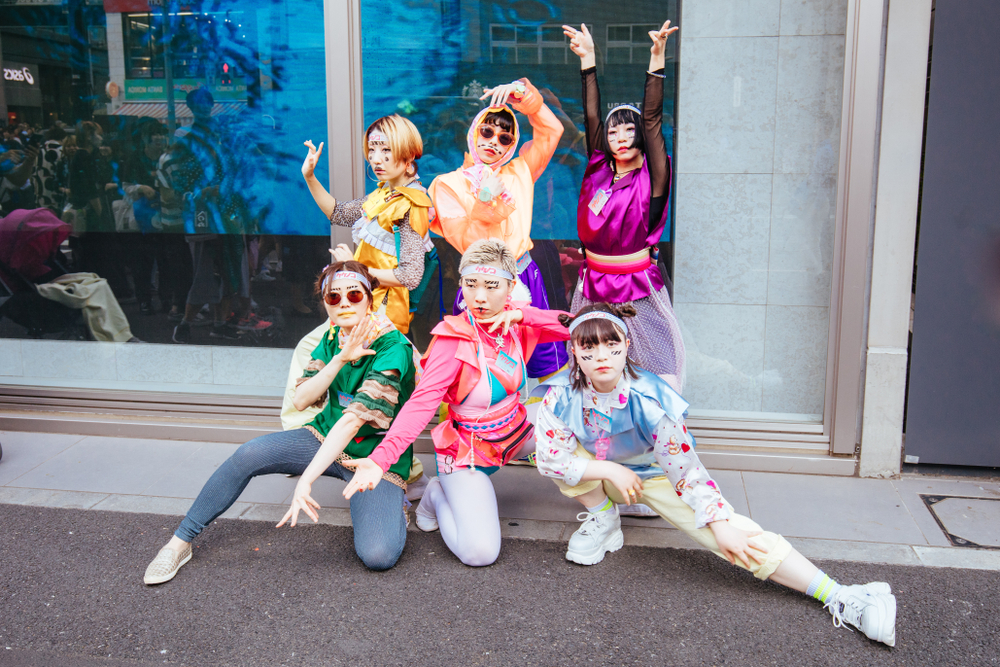Japan: Conformity and Creativity

写真:FiledIMAGE / Shutterstock
When people outside of Japan think about the country, they often imagine conformity. The image of workers in the same suits walking to the office in April, when the fiscal year begins, or schoolchildren in matching uniforms heading to school, is easy to picture. Trains are punctual, streets are clean, and offices run smoothly with group-oriented teamwork. At first glance, harmony seems to leave no space for individuality.
But this is not the whole story. Japan is also a country where people, both Japanese and foreigners, can freely show their own style. It is a place where creativity shines, often in surprising ways.
Harajuku and Fashion Freedom
One of the best examples of individuality in Japan is Harajuku, a district in Tokyo known around the world for its fashion. For decades, young people have gathered here to show their colorful clothes, unique hairstyles, and bold personalities. They wear what they want with confidence, from frilly dresses to platform shoes, making it clear that Japan is not only about quiet conformity.
Gwen Stefani, a famous American singer, songwriter, and fashion designer, reflected on her inspiration from Japan. She said, “That was my Japanese influence, and that was a culture that was so rich with tradition, yet so futuristic [with] so much attention to art and detail and discipline, and it was fascinating to me”. Similarly, Shoichi Aoki, who created FRUiTs magazine in 1997 to document Harajuku street fashion, called it “a nucleus of this positive creative boom in Japan.” These voices show that Japan’s creativity is celebrated and visible.
Breaking Away from Old Habits
Beyond fashion, younger generations in Japan are choosing different paths from their parents and grandparents. For example, joining nomikai, after-work drinking parties, was once seen as necessary for career success. Today, more young people are refusing this tradition. They prefer to save their money, protect their health, and use their time differently. This change has even worried the government. As journalist Hanako Montgomery explained, “Declining alcohol consumption among Japan’s youth has spurred a government campaign to sell more booze, in efforts that have been criticized as potentially harmful to their health.” In other words, while the government focused on the economy, young people focused on their own well-being.
Cars or Trains? A New Way of Life
Another tradition that young people are moving away from is car ownership. In the past, owning a car was seen as a sign of independence and adulthood. But in Tokyo and other cities, many now prefer not to drive at all. Reliable public transportation makes it easy to live without a car, and young people are aware of the high costs of fuel, parking, and maintenance. Choosing trains over cars shows practicality and independence of a different kind.
Conclusion
The idea that Japan is only a place of conformity is incomplete. Yes, uniforms, punctual trains, and group culture are important parts of society. But at the same time, Japan is also a place where people express themselves freely. From Harajuku fashion to lifestyle choices about drinking and driving, individuality is alive and well.
In short, Japan offers both harmony and creativity. It is a country where someone can walk proudly through the streets dressed like Julius Caesar or Zsa Zsa Gabor and still belong.
Written by Everett Ofori
